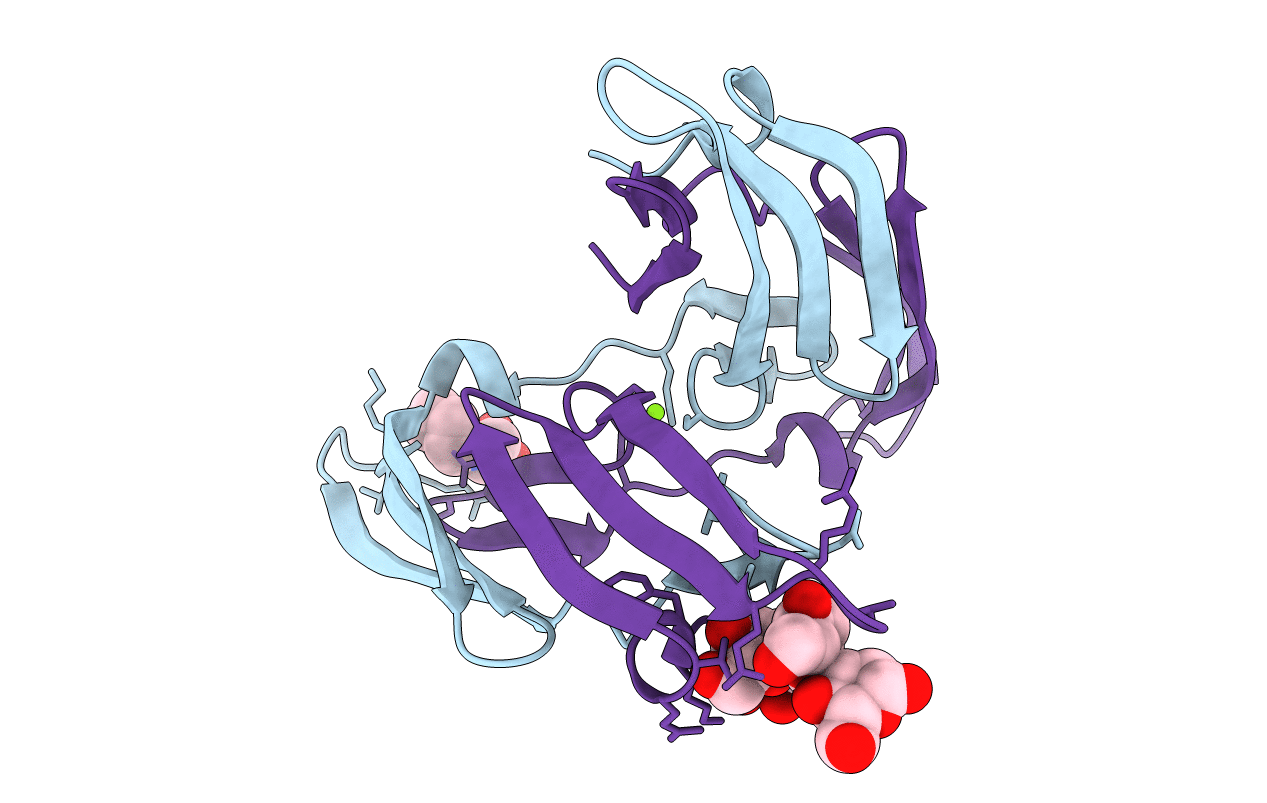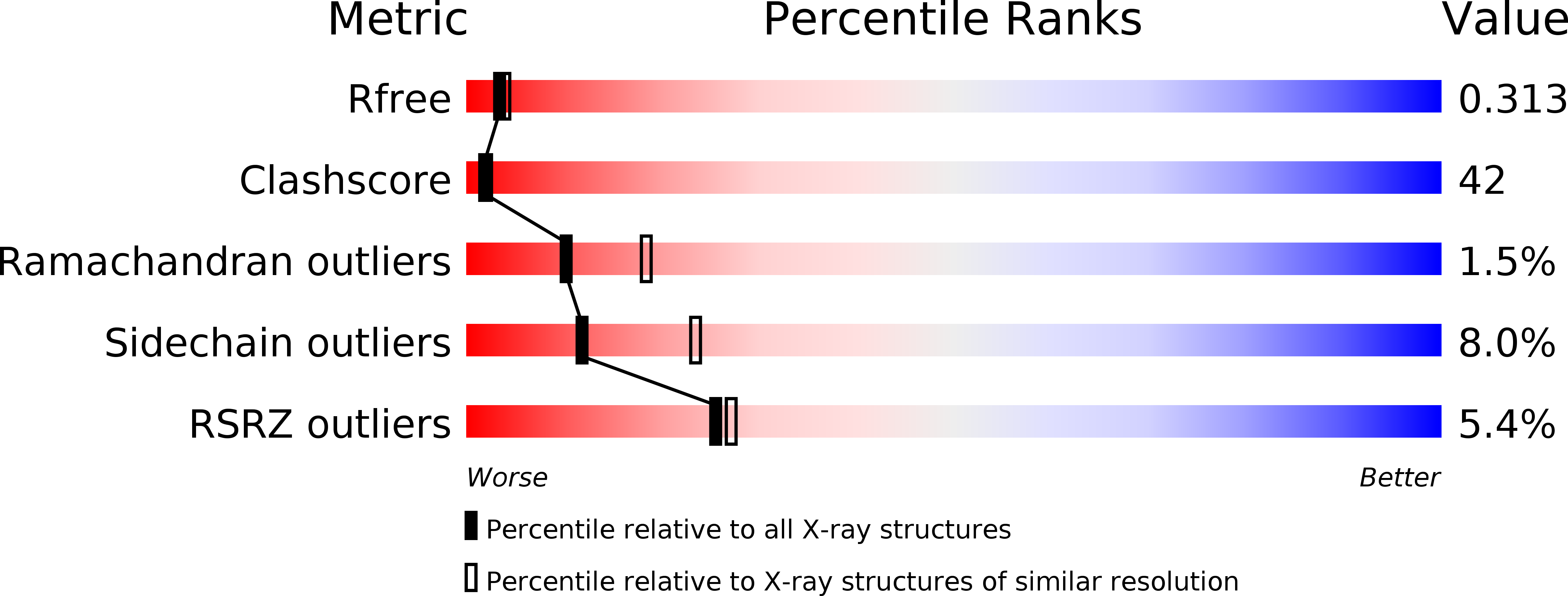
Deposition Date
2009-04-03
Release Date
2009-04-14
Last Version Date
2024-11-20
Entry Detail
PDB ID:
3GXZ
Keywords:
Title:
Crystal structure of cyanovirin-n complexed to oligomannose-9 (man-9)
Biological Source:
Source Organism:
Nostoc ellipsosporum (Taxon ID: 45916)
Host Organism:
Method Details:
Experimental Method:
Resolution:
2.50 Å
R-Value Free:
0.32
R-Value Work:
0.24
R-Value Observed:
0.24
Space Group:
P 41 21 2


